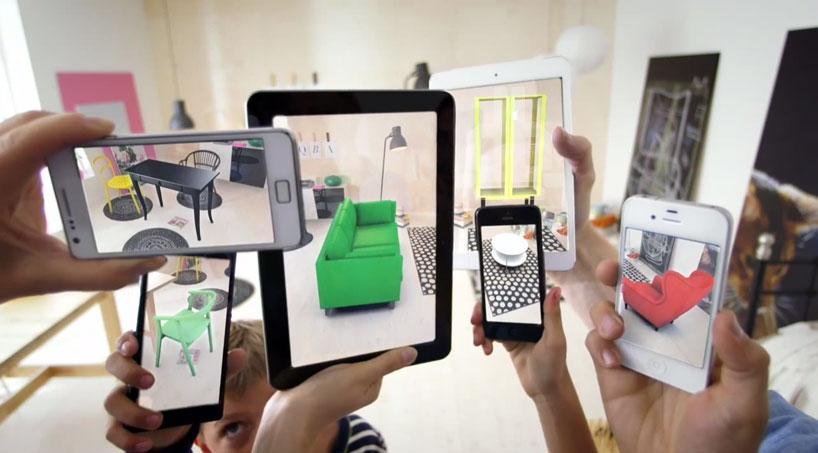Augmented Reality (AR) and Virtual Reality (VR) are revolutionizing the online retail landscape, offering immersive experiences that bridge the gap between physical and digital shopping. These technologies allow eCommerce brands to enhance customer engagement, improve decision-making, and increase conversions. As consumer expectations evolve, integrating AR and VR into your online retail strategy has become a competitive necessity.
1. The Basics of AR and VR in Online Retail
Augmented Reality (AR): Enhances the real-world environment by overlaying digital elements such as 3D models, animations, or interactive features.
- Example: Virtual try-on tools for clothing or accessories.
Virtual Reality (VR): Creates a fully immersive digital environment where customers can interact with products or experiences.
- Example: Virtual store tours or product demonstrations.
Both technologies are reshaping how consumers interact with brands, providing personalized and interactive shopping experiences.
2. Benefits of AR and VR for Online Retailers
1. Enhanced Customer Experience:
AR and VR allow customers to visualize products in their environment or explore immersive digital storefronts, reducing uncertainty and enhancing satisfaction.
2. Higher Conversion Rates:
Interactive and engaging experiences can persuade hesitant customers, leading to increased sales. Studies indicate that AR experiences boost conversion rates by as much as 40%.
3. Reduced Returns:
Virtual try-on tools and 3D visualizations help customers make informed decisions, minimizing the likelihood of returns.
4. Competitive Advantage:
Brands adopting AR and VR early differentiate themselves from competitors and appeal to tech-savvy audiences.

3. Key Applications of AR and VR in Online Retail
1. Virtual Try-Ons:
Fashion and beauty brands use AR to let customers see how products like clothing, glasses, or makeup will look before purchasing.
- Example: Sephora’s Virtual Artist for makeup trials.
2. Interactive 3D Product Displays:
AR tools enable customers to view and rotate 3D models of products, such as furniture or electronics, in their space.
- Example: IKEA Place app lets users visualize furniture in their homes.
3. Virtual Storefronts:
VR environments simulate a physical store, allowing customers to browse and shop in an immersive setting.
- Example: Alibaba’s Buy+ VR shopping experience.
4. Gamified Shopping:
AR and VR can incorporate gamification elements, such as virtual treasure hunts or interactive storytelling, to engage customers and build brand loyalty.
5. Virtual Fashion Shows and Events:
Brands can host VR fashion shows or product launches, allowing customers to participate from anywhere in the world.
4. Steps to Integrate AR and VR into Your Online Retail Strategy
1. Understand Your Audience:
Identify whether your target customers are tech-savvy and likely to embrace AR and VR experiences.
2. Choose the Right Use Case:
Evaluate your product range and decide how AR or VR can address customer pain points or enhance engagement.
3. Partner with Technology Providers:
Collaborate with AR/VR developers to implement the technology seamlessly into your platform. Popular solutions include Shopify AR and Unity for VR development.
4. Optimize for Mobile:
Ensure AR and VR experiences are mobile-friendly, as many customers shop through smartphones.
5. Train Your Team:
Educate your team about the technology to help them better assist customers and make the most of the tools.
5. Challenges of AR and VR Integration
1. High Initial Costs:
Developing AR and VR solutions can be expensive, particularly for smaller businesses. However, the ROI often outweighs the upfront investment.
2. Technical Complexity:
Implementing these technologies requires expertise in development and integration, which can be a barrier for businesses without technical resources.
3. Accessibility:
Not all customers have devices that support AR and VR, so it’s crucial to ensure your platform remains functional for all users.
4. Data Privacy Concerns:
AR and VR applications often collect user data, making it essential to comply with data protection regulations and ensure customer trust.
6. Measuring the Success of AR and VR Integration
To gauge the effectiveness of AR and VR in your online retail strategy, track the following metrics:
- Engagement Rates: Measure how many customers interact with AR/VR features.
- Conversion Rates: Analyze whether these tools increase sales.
- Customer Feedback: Collect feedback on the usability and satisfaction with the technology.
- Return Rates: Monitor if product returns decrease due to better customer decisions.
- Brand Loyalty: Assess whether AR and VR experiences improve customer retention.
7. Success Stories in AR and VR eCommerce
1. Nike:
Nike uses AR for virtual shoe fittings, helping customers find the perfect fit without visiting a physical store.
2. Warby Parker:
Their app allows users to virtually try on glasses, making it easy to choose the right style.
3. Wayfair:
Wayfair’s AR tool lets customers visualize furniture in their space before buying, reducing uncertainty and improving satisfaction.
4. Amazon:
Amazon’s AR View enables customers to see how products will look in their homes, from appliances to décor.
These examples highlight how AR and VR can create memorable shopping experiences that drive results.
8. The Future of AR and VR in Online Retail
As technology advances, AR and VR will become even more integral to eCommerce. Emerging trends include:
- AI Integration: AI-driven AR/VR experiences that adapt to individual preferences.
- AR Ads: Interactive advertisements allowing users to try products directly from their screens.
- Wearable Devices: As VR headsets and AR glasses become more accessible, immersive shopping experiences will become mainstream.
By staying ahead of these trends, online retailers can maintain a competitive edge and meet the evolving expectations of their customers.
Conclusion
Integrating AR and VR into your online retail strategy is a powerful way to enhance customer experiences, drive sales, and stand out in a crowded market. While challenges like cost and complexity exist, the benefits of increased engagement, reduced returns, and improved customer satisfaction make these technologies a worthwhile investment. As AR and VR continue to evolve, their role in shaping the future of eCommerce will only grow, offering limitless opportunities for innovative retailers.




